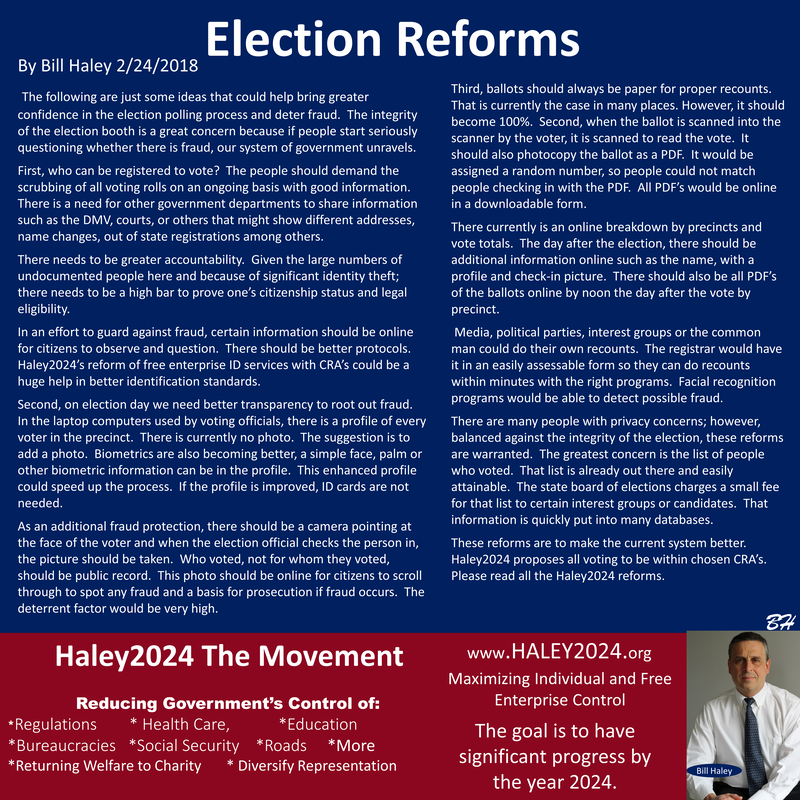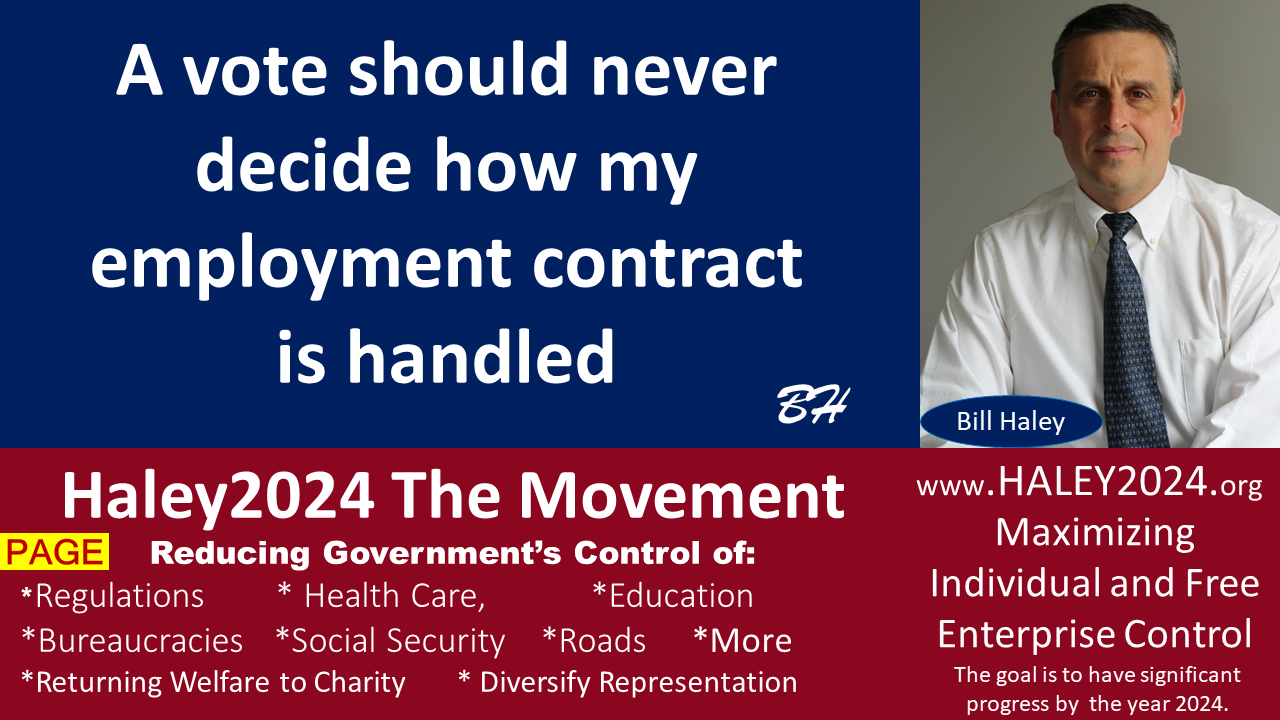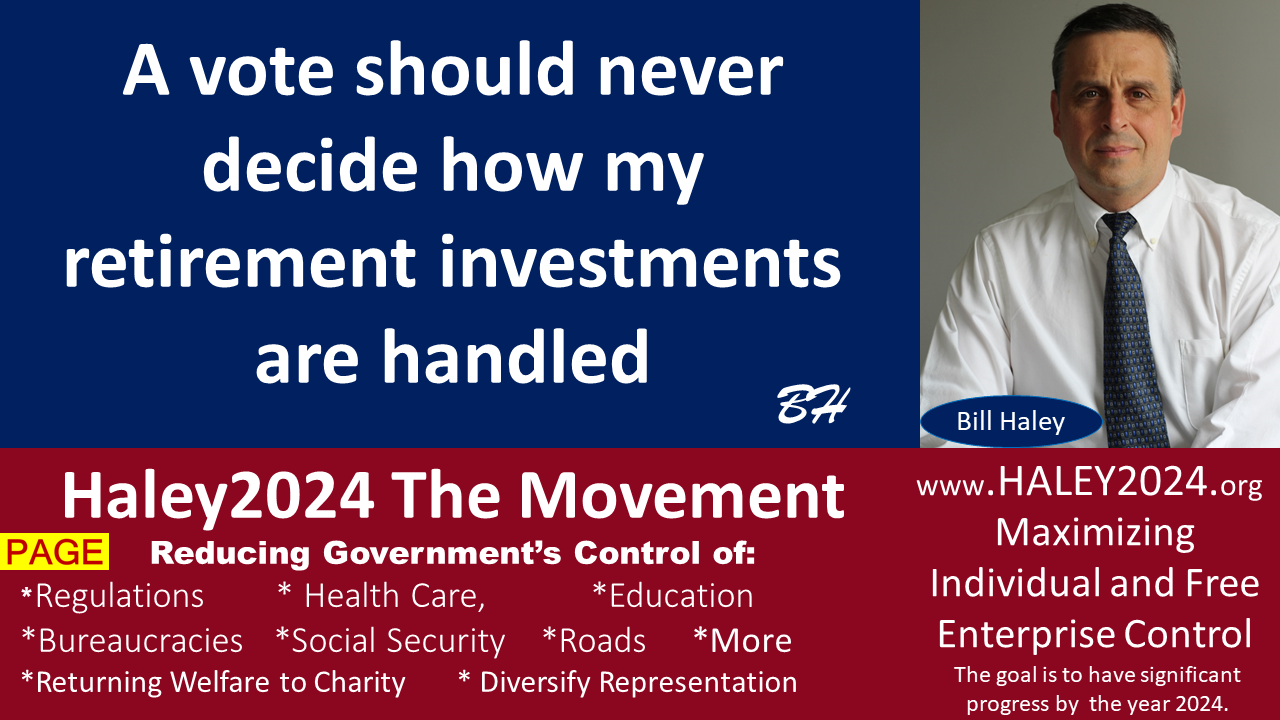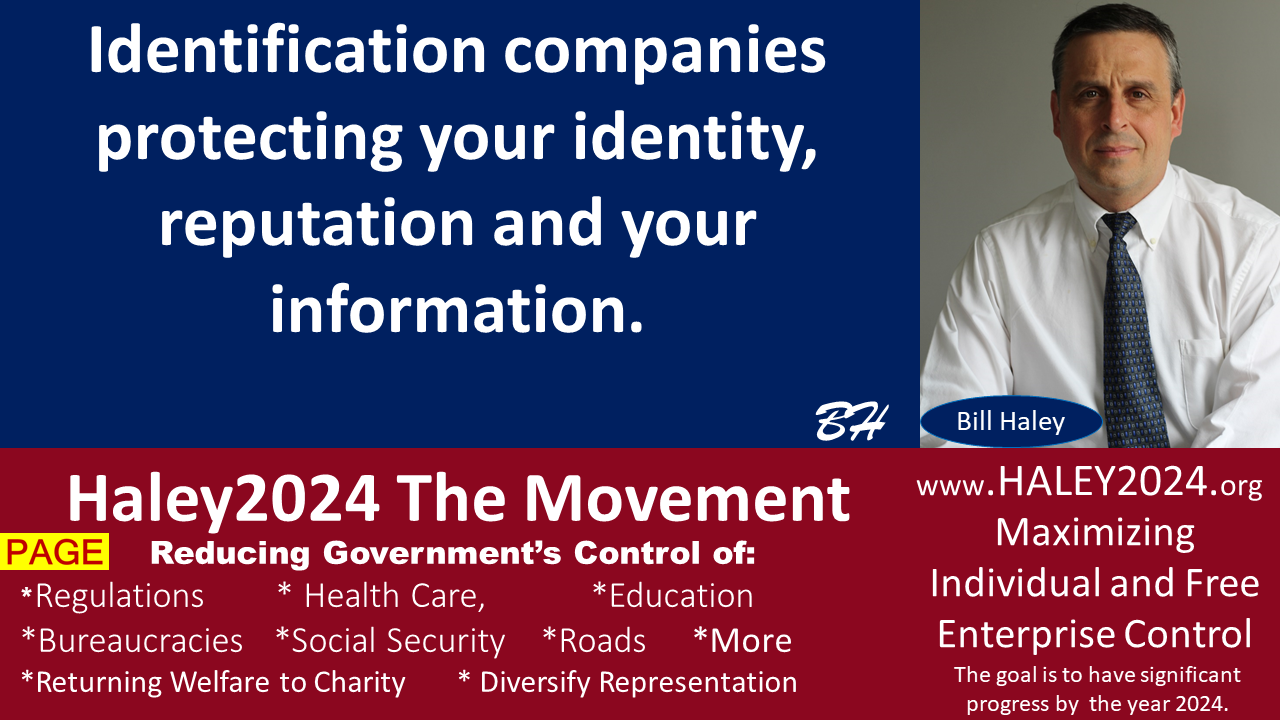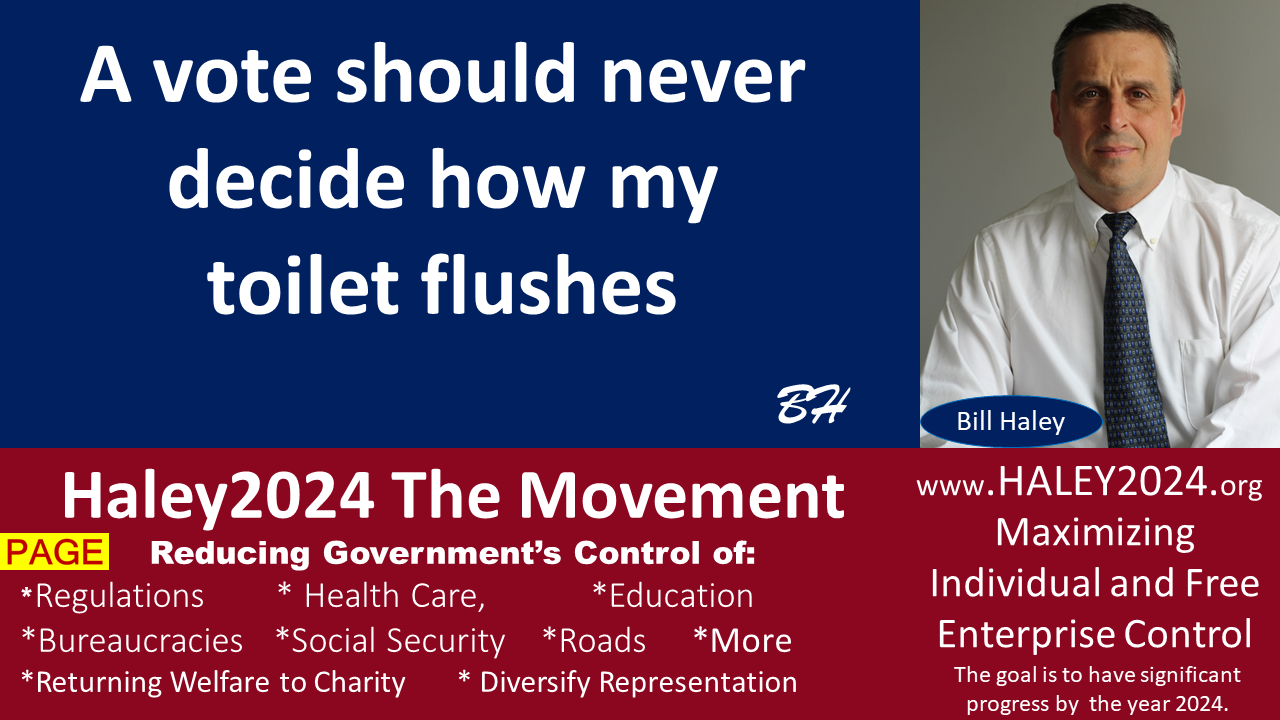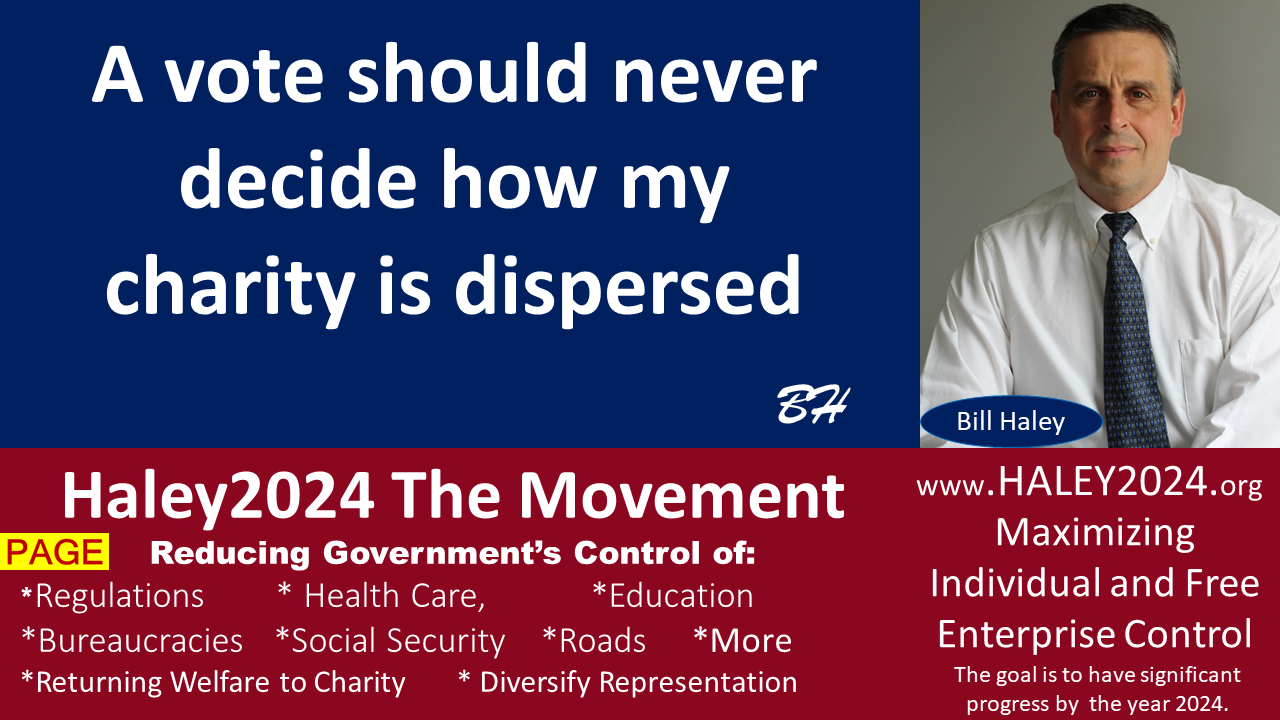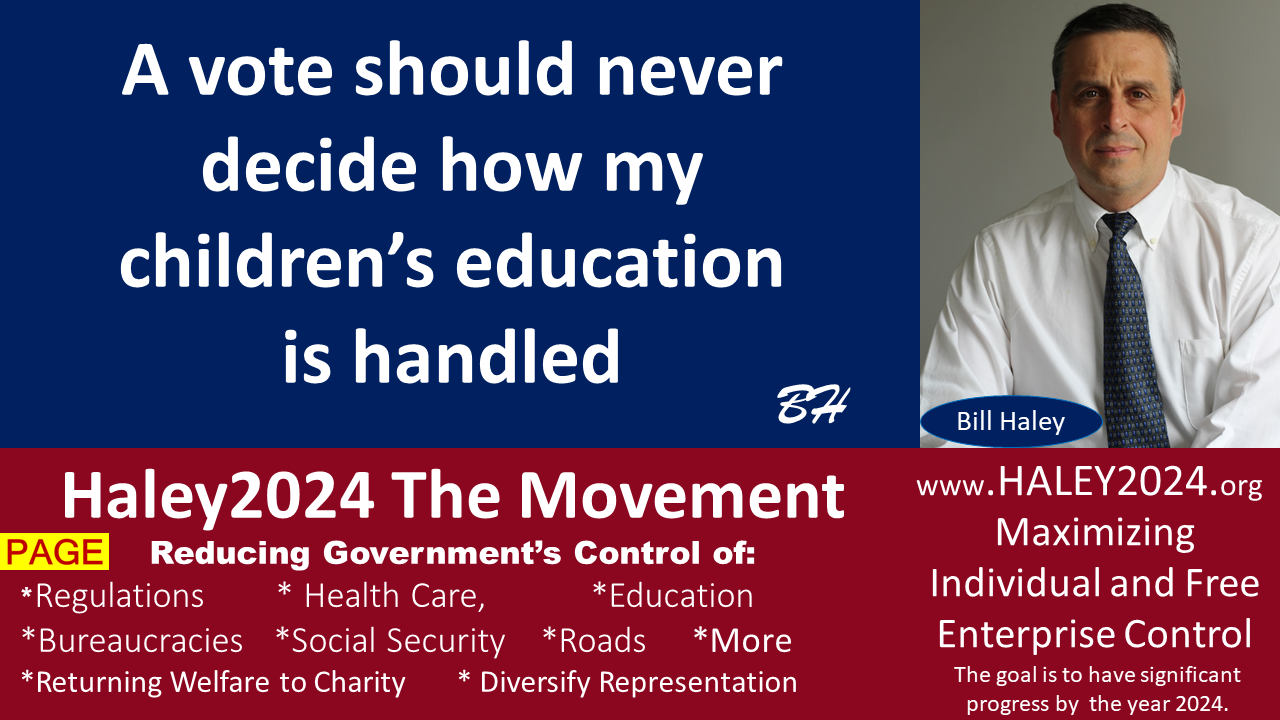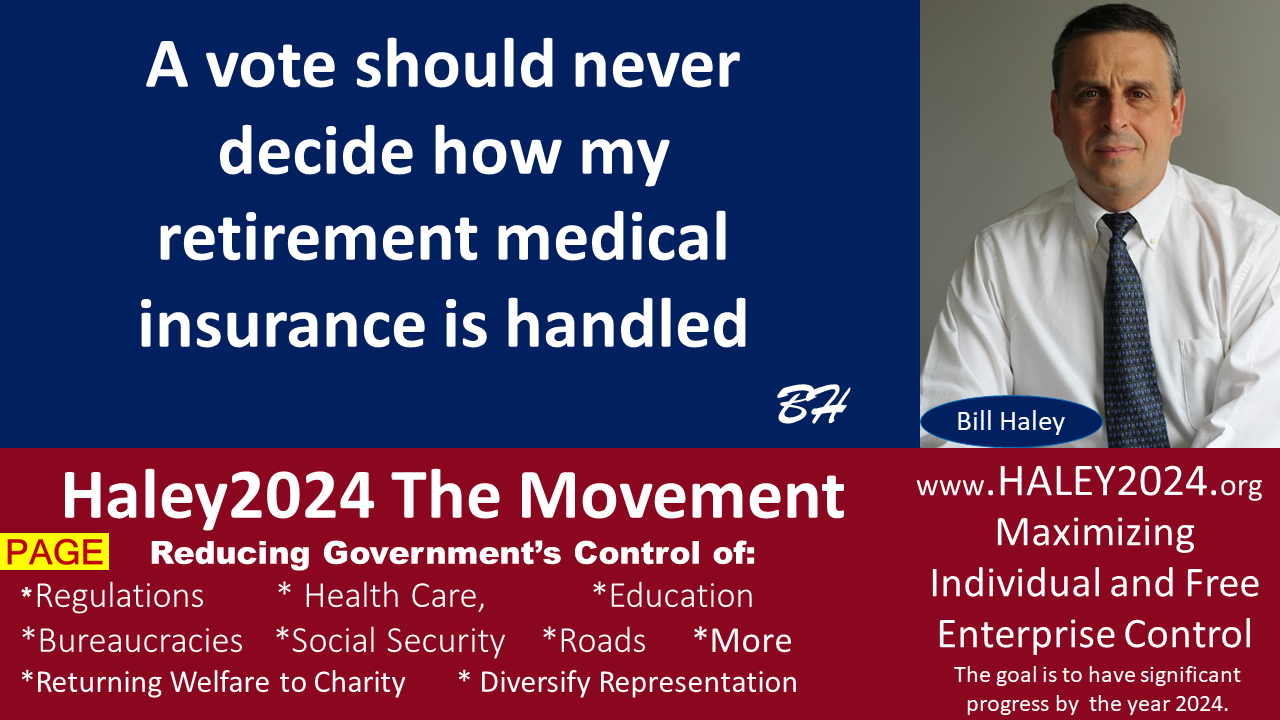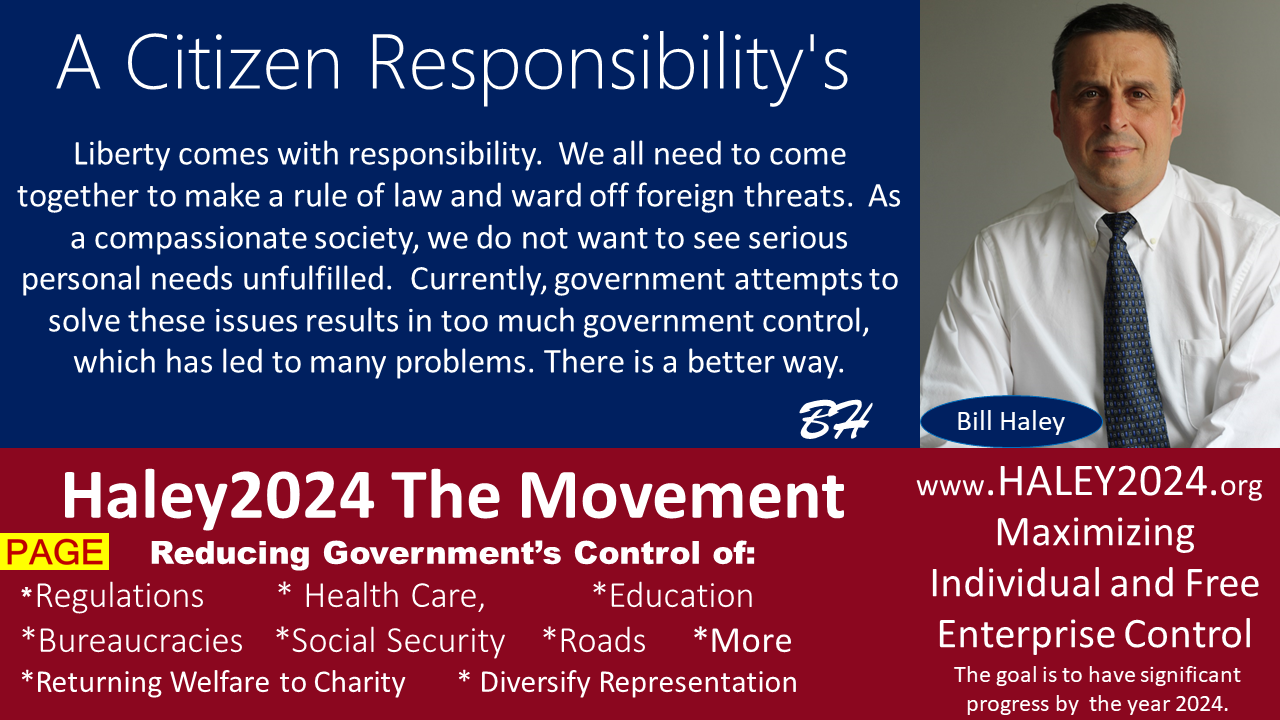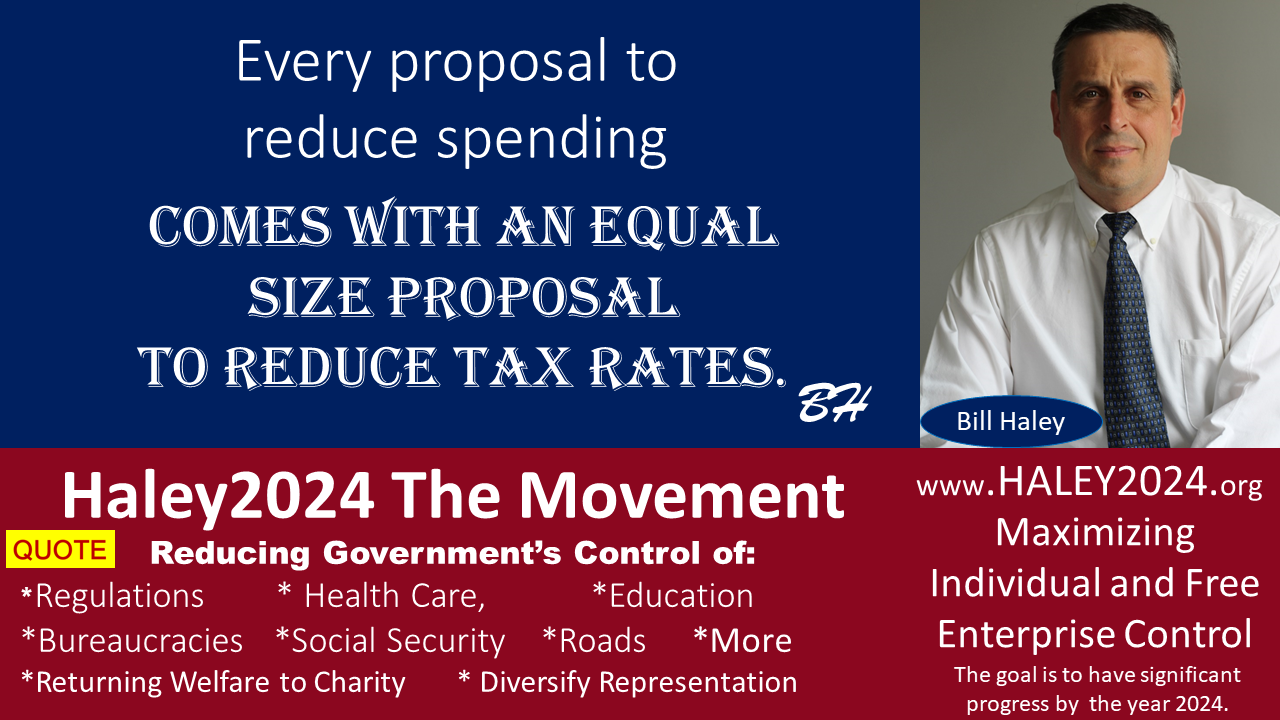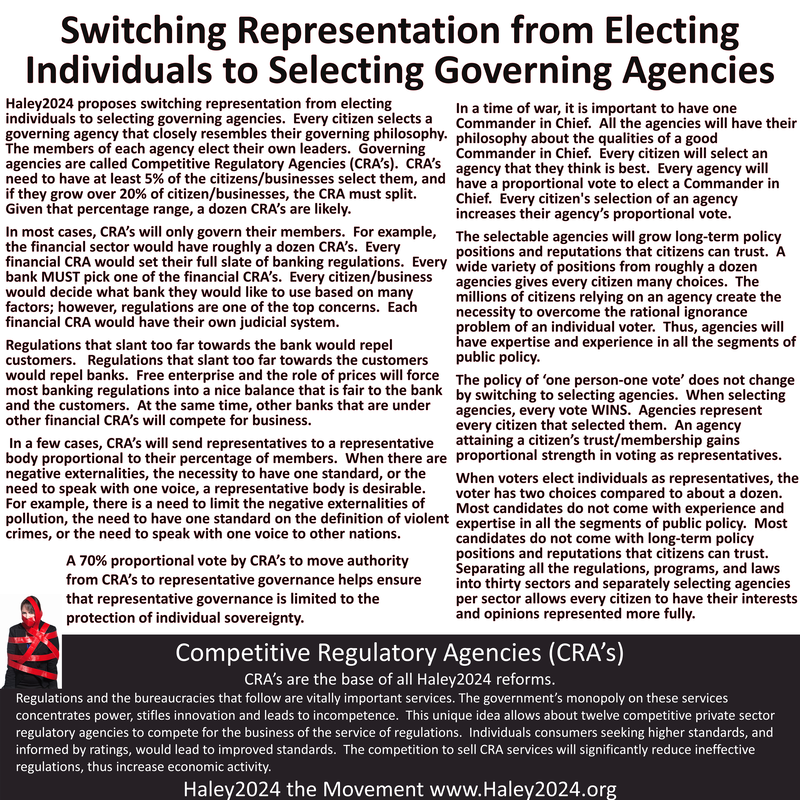| First, who can be registered to vote? The people should demand the scrubbing of all voting rolls on an ongoing basis with good information. There is a need for other government departments to share information such as the DMV, courts, or others that might show different addresses, name changes, out of state registrations among others. |
| In an effort to guard against fraud, certain information should be online for citizens to observe and question. There should be better protocols. Haley2024’s reform of free enterprise ID services with CRA’s could be a huge help in better identification standards. |
| Second, on election day we need better transparency to root out fraud. In the laptop computers used by voting officials, there is a profile of every voter in the precinct. There is currently no photo. The suggestion is to add a photo. Biometrics are also becoming better, a simple face, palm or other biometric information can be in the profile. This enhanced profile could speed up the process. If the profile is improved, ID cards are not needed. |
| As an additional fraud protection, there should be a camera pointing at the face of the voter and when the election official checks the person in, the picture should be taken. Who voted, not for whom they voted, should be public record. This photo should be online for citizens to scroll through to spot any fraud and a basis for prosecution if fraud occurs. The deterrent factor would be very high. |
| Third, ballots should always be paper for proper recounts. That is currently the case in many places. However, it should become 100%. Second, when the ballot is scanned into the scanner by the voter, it is scanned to read the vote. It should also photocopy the ballot as a PDF. It would be assigned a random number, so people could not match people checking in with the PDF. All PDF’s would be online in a downloadable form. |
| There are many people with privacy concerns; however, balanced against the integrity of the election, these reforms are warranted. The greatest concern is the list of people who voted. That list is already out there and easily attainable. The state board of elections charges a small fee for that list to certain interest groups or candidates. That information is quickly put into many databases. |
